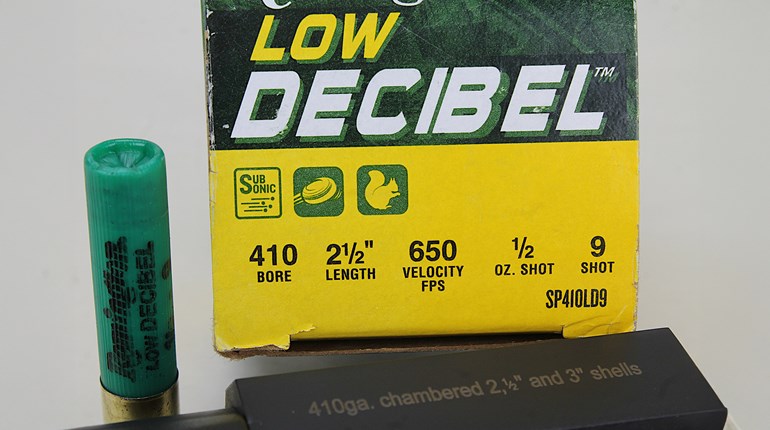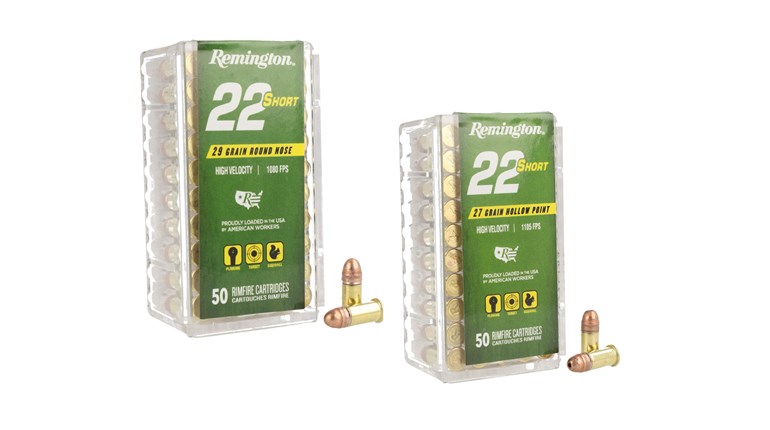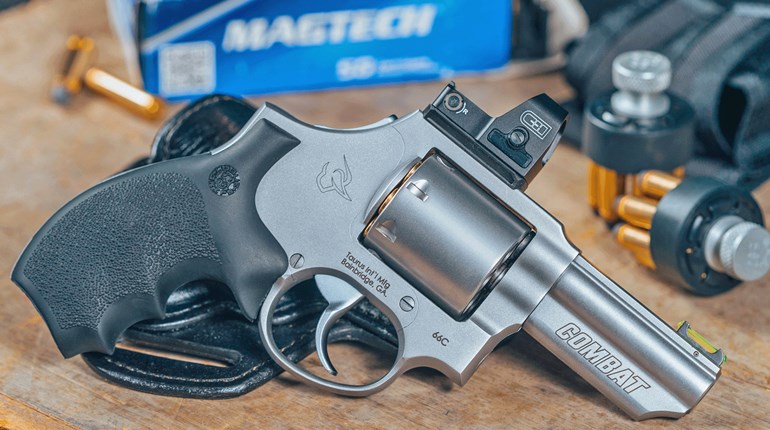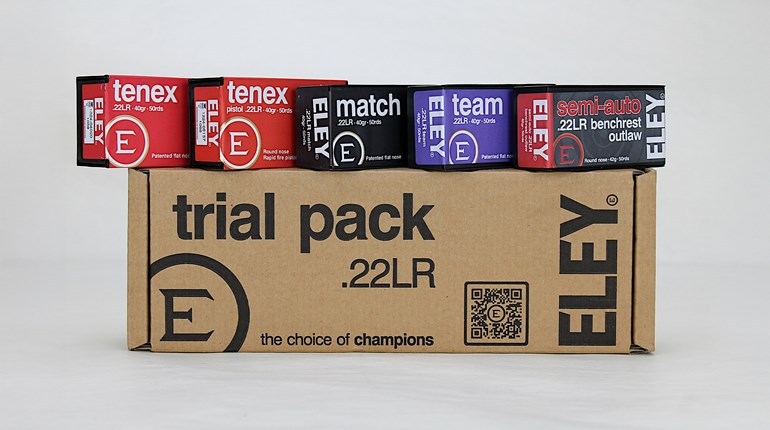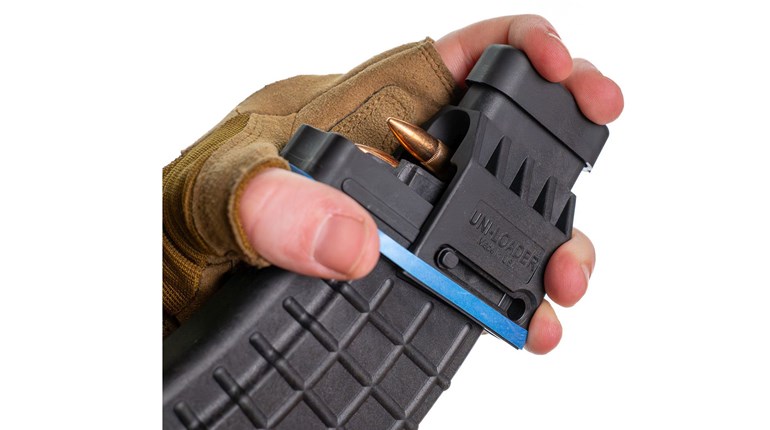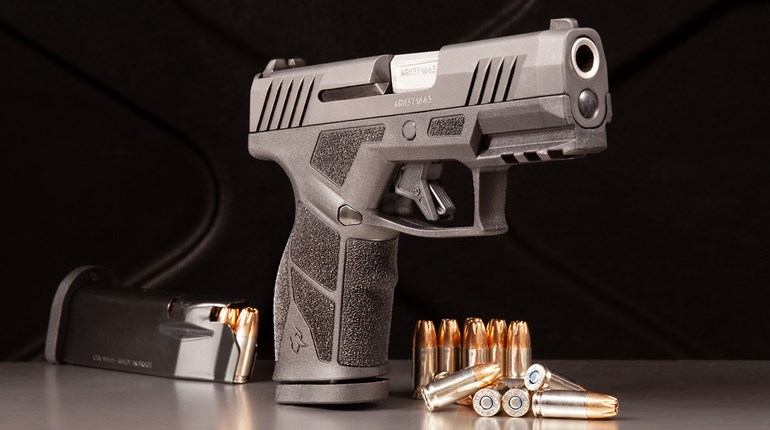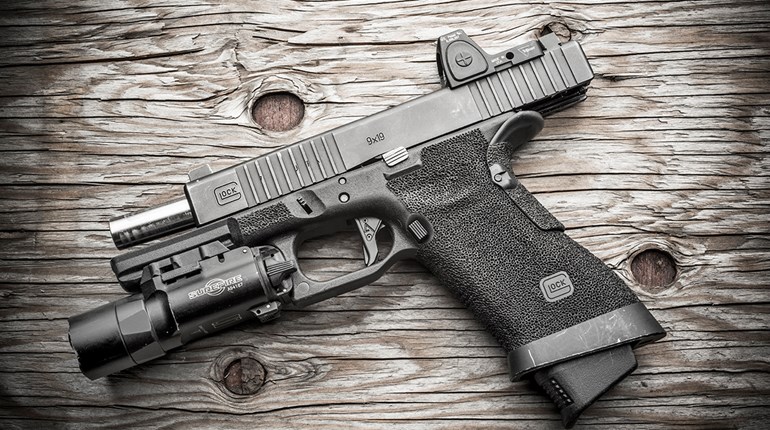** When you buy products through the links on our site, we may earn a commission that supports NRA's mission to protect, preserve and defend the Second Amendment. **
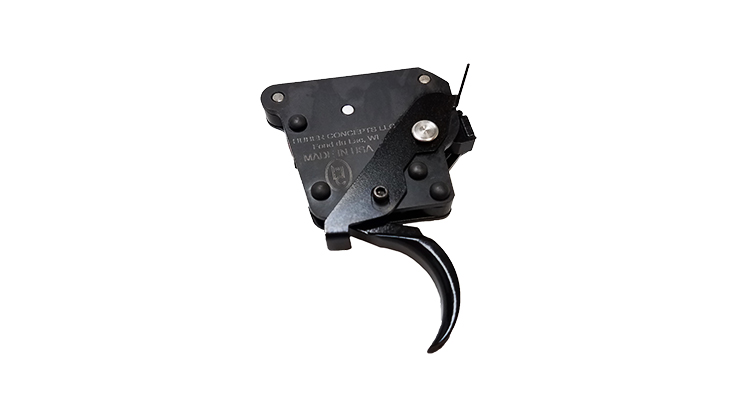
John Huber, owner and founder of Huber Concepts, believed that aftermarket triggers designed for the Remington 700 platform were not sufficient enough to promote the maximum amount of accuracy.
To fix this, Huber invented the Staged-Break Trigger, which uses higher-order mathematics and vector geometry to improve trigger pull in an aftermarket package. The end goal of the Huber Staged-Break Trigger is to reduce the amount of time taken from the initial trigger pull to the shot being fired.
Huber's estimation is that, once the conscious choice has been made to fire a shot, a shooter is really only on target for a few milliseconds. All of that begins to change once muscles contract to pull a trigger. The slight change in trigger pull means that the gun starts to drift slightly, leading to a more inaccurate shot.
One factor in this equation is the lock time it takes for the trigger to fire the gun. Huber's triggers use anti-friction ball bearings to provide a smoother and faster lock time that promotes speed inside of the rifle, leading to a faster shot and better accuracy.
All of this internal function happens on the order of milliseconds, but according to Huber, this ensures that the effect of any slight change in shooter position will be minimized, leading to tighter groups.
Huber promises that his triggers can produce as much as a four-fold increase in shot accuracy and reduce group sizes as much as 50 percent.
Triggers are available for Remington 700 rifles and other clones on the market. Both single-stage and two-stage triggers are available, with trigger pull weights ranging from 1.5 pounds to 3 pounds. Integrated safeties are available for both left-hand and right-hand rifle models. The suggested retail price for a Huber Concepts Staged-Break Trigger starts at $295.
To fix this, Huber invented the Staged-Break Trigger, which uses higher-order mathematics and vector geometry to improve trigger pull in an aftermarket package. The end goal of the Huber Staged-Break Trigger is to reduce the amount of time taken from the initial trigger pull to the shot being fired.
Huber's estimation is that, once the conscious choice has been made to fire a shot, a shooter is really only on target for a few milliseconds. All of that begins to change once muscles contract to pull a trigger. The slight change in trigger pull means that the gun starts to drift slightly, leading to a more inaccurate shot.
One factor in this equation is the lock time it takes for the trigger to fire the gun. Huber's triggers use anti-friction ball bearings to provide a smoother and faster lock time that promotes speed inside of the rifle, leading to a faster shot and better accuracy.
All of this internal function happens on the order of milliseconds, but according to Huber, this ensures that the effect of any slight change in shooter position will be minimized, leading to tighter groups.
Huber promises that his triggers can produce as much as a four-fold increase in shot accuracy and reduce group sizes as much as 50 percent.
Triggers are available for Remington 700 rifles and other clones on the market. Both single-stage and two-stage triggers are available, with trigger pull weights ranging from 1.5 pounds to 3 pounds. Integrated safeties are available for both left-hand and right-hand rifle models. The suggested retail price for a Huber Concepts Staged-Break Trigger starts at $295.













